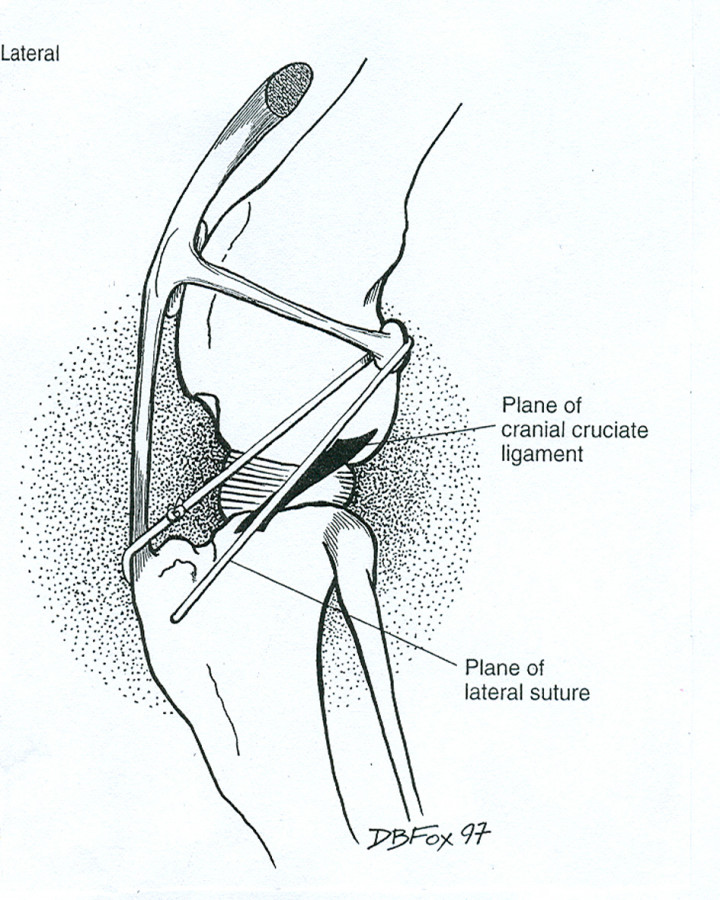Cruciate ligament problems are much more prevalent in dogs than people and very costly too - 1 billion US$ is spent a year on dogs in USA with this orthopaedic condition.
Rob's son Adrian (an orthopaedic veterinary surgeon) investigated different suture patterns for cruciate ligament repair in dogs while at Cambridge University, UK, and came up with a superior method, confirmed by comparative testing carried out in the university engineering labs.
The research was reported in an award-winning paper presented at veterinary conferences in the UK and USA, see abstract below.
Rob provided minor assistance, just practical advice on based on engineering principles plus experience with knots and wire tying, fishing knots in particular.
Below are the different configurations tested:


